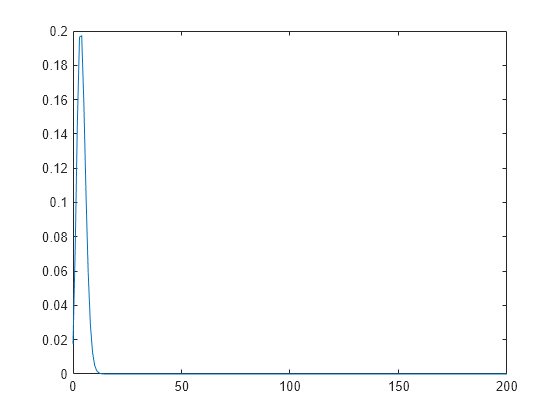binopdf
Función de densidad de probabilidad binomial
Sintaxis
Descripción
y = binopdf(x,n,p)x utilizando el correspondiente número de pruebas de n y la probabilidad de éxito de cada prueba de p.
x, n y p pueden ser vectores, matrices o arreglos multidimensionales del mismo tamaño. Alternativamente, uno o más argumentos pueden ser escalares. La función binopdf expande las entradas de escalar a arreglos constantes con las mismas dimensiones que las otras entradas.
Ejemplos
Argumentos de entrada
Argumentos de salida
Más acerca de
Funcionalidad alternativa
binopdfes una función específica para la distribución binomial. Statistics and Machine Learning Toolbox™ también ofrece la función genéricapdf, que es compatible con varias distribuciones de probabilidad. Para utilizarpdf, especifique el nombre de la distribución de probabilidad y sus parámetros. De forma alternativa, cree un objeto de distribución de probabilidadBinomialDistributiony pase el objeto como un argumento de entrada. Tenga en cuenta que la función específica de distribuciónbinopdfes más rápida que la función genéricapdf.Use la app Probability Distribution Function para crear una gráfica interactiva de la función de distribución acumulativa (cdf) o de la función de densidad de probabilidad (pdf) para obtener una distribución de probabilidad.
Capacidades ampliadas
Historial de versiones
Introducido antes de R2006a
